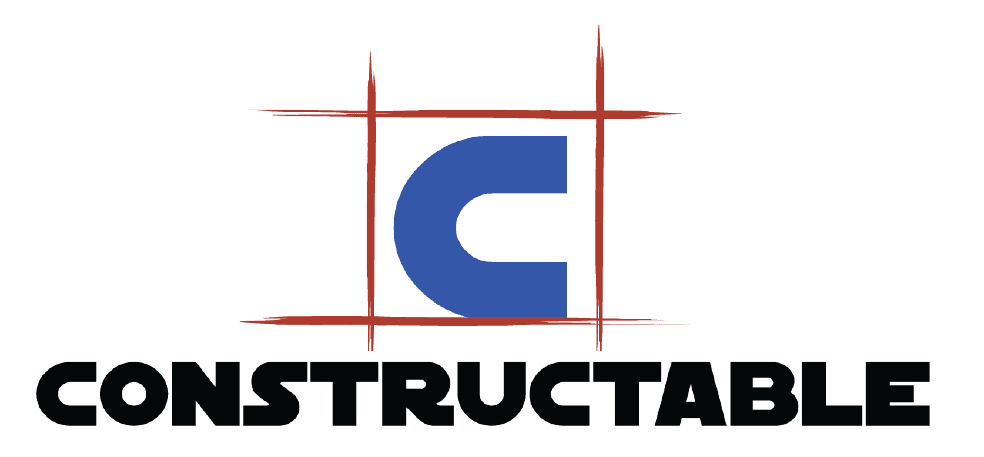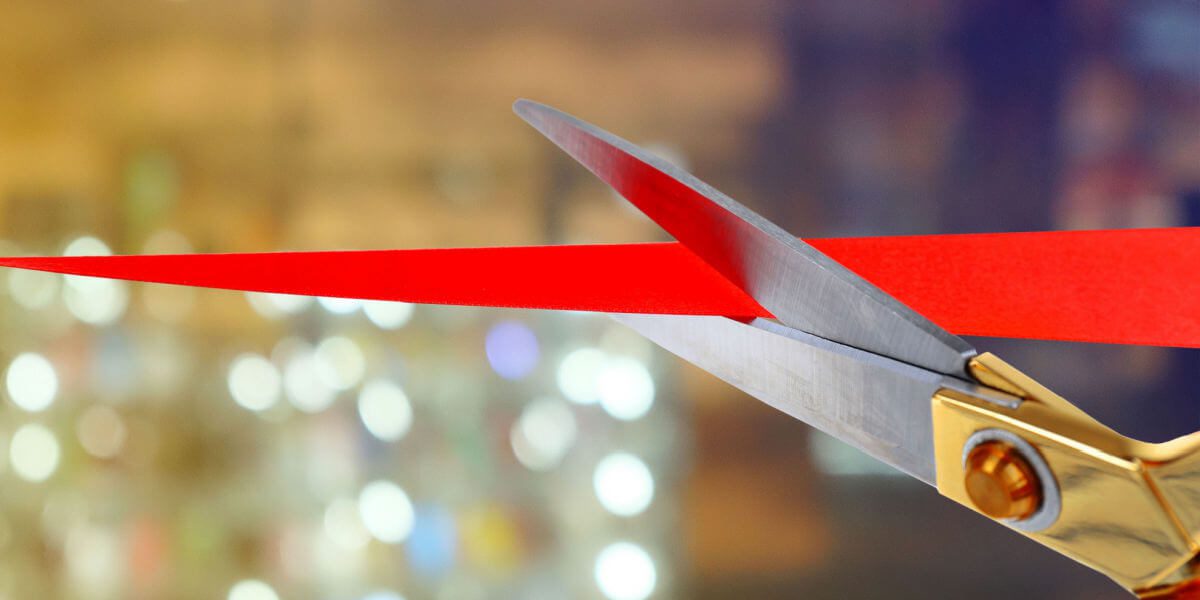
Building Lifetime Customers Through Branding
Build a brand, not simply do a job.
Some of the most recognizable things across this world, even beyond household names, are brands: the golden arches, a half-eaten piece of fruit, a blue and silver astral body, the swoosh, and a red color scheme with cursive graphics. These are all branded parts of top notch companies that pay off huge in dividends. McDonald’s, Apple, the Dallas Cowboys, Nike, and Coke are among the hottest and most important companies out there; and they have done great things in service of curating their brand. People know that when you interact, you are interacting with something special. Even Apple’s packaging is luxurious and bespeaks value when you unpack your new laptop. End-to-end, these companies have built a brand, not just done a job.
The digital age challenge, especially the empowered customer, has spawned the need of a hyper-brand-based thinking so that customers can feel the greatness of your company from end to end. To be able to present this kind of experience it is critical that you not think of jobs as mere jobs, but as opportunities for the customer to gain the experience–nay, the privilege– of interacting with your brand.
Amazingly, even in the apex of social media (I’m thinking TikTok, Instagram, Snapchat, etc.) people are getting bored in our digital world and will gladly shell out a lot of money for real life experiences. Whether that is the classic, prototypical travel-agent-chartered vacation to these weekend warrior bootcamps where someone yells at you in the mud and rain and you consider it fun and challenging, experiences are big business. But, how do you, as a steady “blue chip” company make a public-facing effort to engage your customers in an experience when likely your value proposition is not about fun, vacations, or experiences?
- It’s time to build a brand that can become the experience itself.
A. Build an experience in your brand that is different than anyone else’s. Be it great customer service, quick delivery and completion, constant transparency, superior product, all of the above, whatever your unique proposition is, the customer needs to experience your brand throughout the process of interaction with you. From the entry-level employee to the CEO, everyone has to be focused on a brand-based interaction demonstrating the greatness of your team and uniqueness of your “product experience.” This is the way to build lifetime customers.
B. And the ideas you sell to your customer are all about the experience. Perhaps your product is not as fun as TikTok, as refreshing as a Coke, as sleek as an Apple computer, you can sell the end goal of what you are bringing to the table. Perhaps you are as boring–yet necessary–as toilet paper, for example, Charmin still found a way for you to “enjoy the go.” Perhaps you are as dull as life insurance, yet all of the majors found catchy jingles with fascinating people to sell them (usually a nice earworm of a jingle with a sports figure making fun of some loser who doesn’t have the same insurance as them). Whatever it is you sell, save for funeral pre-planning, you can sell an experience. In fact, even the funeral pre-planners sell an experience: the lack of a bad experience when it comes time to grieve.
This is brand building in the modern age that will overcome lower prices, cooler features, shinier things to look at: the customer comes back because you deliver an experience each time.
- If you can build a brand, you can build a lifetime customer.
Practically, it takes thinking through your business processes to help your team understand just what that means for their daily operations. For example, this is beyond a typical script when answering the phone, it involves the support agent putting on a “persona” when answering the phone. It is the salesperson knowing that even beyond the sale, there is a real person on the other end of the line. It is the CEO knowing that treating his or her employees well means that they have the internal resources and fulness to cherish those customers that they interact with each day. These are just a few examples of the beginnings of building an end-to-end brand experience. Below are more tips to gaining just that, lifetime customers through a powerful branding experience.
So just how do you build a brand, not only a rote customer service mindset?
Sometimes it is best to start with defining what something is not, ruling out those things that could spoil the special sauce. Then we can truly define what it is.
What building a brand is not:
Forgetting to keep the most important thing the most important thing.
Viewing jobs as the one and only.
Turn and burn mindset
Those waiters who cannot endure a couple staying later to talk after dinner will never be able to gain this couple as a regular.
Not listening to your customer.
Not keeping in touch with previous customers.
There is fortune in the follow up.
Not treating each customer with the same courtesy and service.
Not doing well enough that you can still ask for customer testimonials.
Example: when you tell a child to go look for something, especially a teenager, often he or she returns empty handed, only to be told to go look again. It is not until he or she is threatened with a punishment that they find the item in question. Why is that?
They only now know that they have to look with consequences in mind.
They now realize that they will be held accountable for not finding this thing they so ardently said was nonexistent.
Example: You may hate your neighbor, but you still have something in common with them that means you do not destroy them: the fact that you live next to each other and have mutual stake in the success of this neighborhood, unless you both hate yourselves enough to cut off your nose just to spite your face.
All that to say, because your property value is shared, you play nice.
These are both examples of having skin in the game long term. These are examples of realizing that you ought to help those around you (especially your customers) because you both reflect the finished product: a completed building suitable for them; a constant testimony of how well your company works.
You have to treat your customer well enough so that you can actually ask for a recommendation when you are done. Think about how that would change your customer service? Your team members’ actions? And you would get the bonus of real customer testimonials that matter for selling the next job.
All of these ways of not building a brand really boil down to not keeping the main thing the main thing: If your company is going to survive, you need customers. Therefore, customers are the most important thing to get right.
PART 2: What building a brand is:
- Each contact point an opportunity to serve.
- Each employee understanding the vision of customer satisfaction.
- Each job an opportunity to do your best.
- Each contract an opportunity to win a customer for life.
- Each contract a chance to win together.
Have you ever played Fantasy Football? It is the chance to manage a football team as if you were the owner. Some trades make you look like a genius. And nearly every person in these leagues wants be the next Nostradamus to predict who will rise and fall, trade the player who will crash and burn for the sleeper who will win it all for you. Then you look like a genius at engineering such a great trade. trades.
But is it not far better to trade something worthwhile between you both and for you both to win at the deal? - Each job is a monument of your hard work, excellence, and customer service.
The “Get To,” versus “Have To” mindset.
Your employees get to be in contact with your customers, not have to reply to an email.
Your employees get to perform a service for top notch people, not have to drudge through work each day.
You get to inspire the people in your company, not have to manage them.
These huge brands who have taken the time to build a deep and happy customer base can testify to how hard and important the work is to build a loyal fan club. What is it that you are building?
- If you can build a brand, conversion becomes increasingly easier.
Apple no longer has to convince us that the iPhone is something we need; it now has to convince us (not very much either for that matter) that the newest version only one year removed from the previous is what we need. In this opinion, there has not been a major change to the iPhone in multiple generations. They are all great; but Apple keeps lining its coffers with the latest version, gently convincing us that we need it, laughing all the way to the bank each time. That is the epitome of a brand-based approach to lifetime customers (as I type this on a Mac, being alerted on my ancient iPhone 8, looking at my Apple watch, with my AirPods in my ear listening to Apple music, staring at my Apple TV as I pay iTunes each month for the various streaming subscriptions we enjoy). This is literally what I am doing as I write.
Conversion gets increasingly easier as you build your brand better.
CONCLUSION: Build a brand for lifetime customers, not a job.
Think of each opportunity to interact with your customer as a chance for them to enjoy the experience of your brand. Think longterm: you don’t have to charge so much now as you can keep your customers interested for the future by giving a little here and there. Think how to sow the vision of a brand-based product experience throughout your company from the highest to the lowest person. If all of us catch the spirit of what we are doing in building a brand, then the customer will soon follow.
Build a brand to gain lifetime customers. It’s the only way to transcend just a mere “doing a job” to becoming a household name in your customer’s life.
Here at Constructable, we consider customer satisfaction the highest goal of our work. Our customers leave happy, return with more work to be done for them, and feel just what it is like to be a part of the Constructable experience. Check out our website at constructable.pro to learn more or to work with us.
ACTION POINT: (With each article we will present one action point as a measurable takeaway for any owner or executive sponsor.)
Think in terms of “customer satisfaction”, not “customer service.”
Customer satisfaction means going beyond the call of duty. Customer service can stop at fulfilling an individual need but not take the whole customer into account. We think past a simple question or objection to find the root of what the customer is asking. And then we do that. Additionally, we suggest the “design build” process in construction. It gives you both the freedom and control of the process to be as hands on or hands off as you like, manage one contract, and work with an expert to get things done. We can start the procurement and even the building process immediately, as soon as you pull the trigger.
Check us out HERE for more information.





